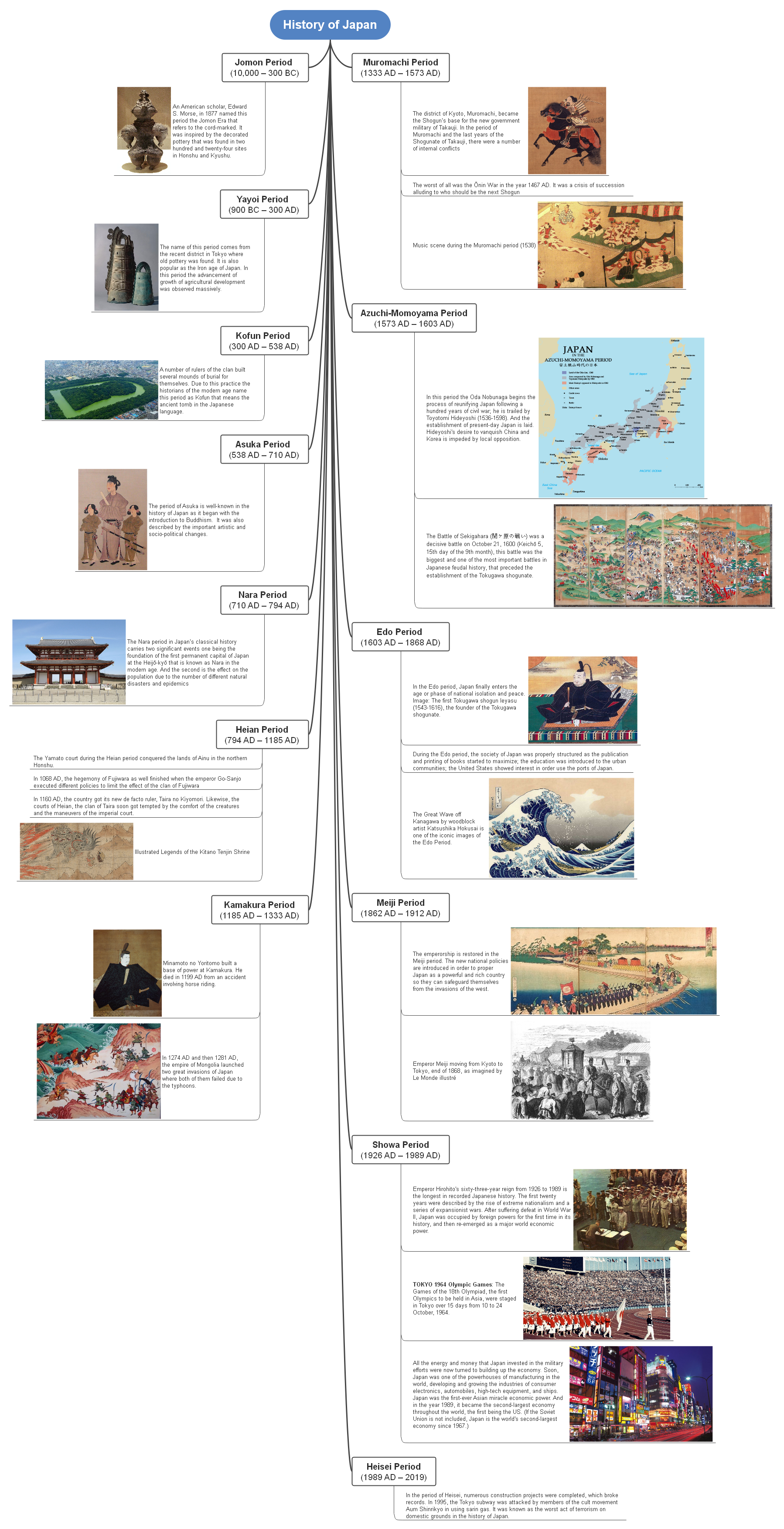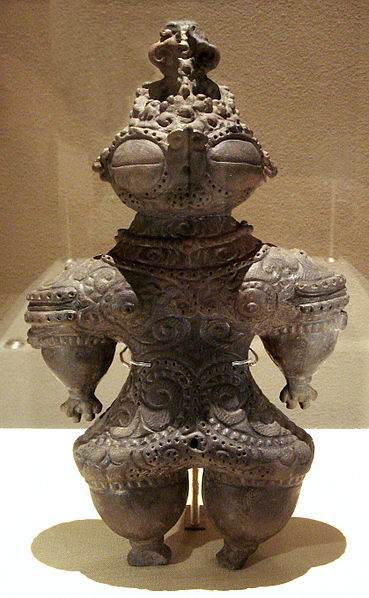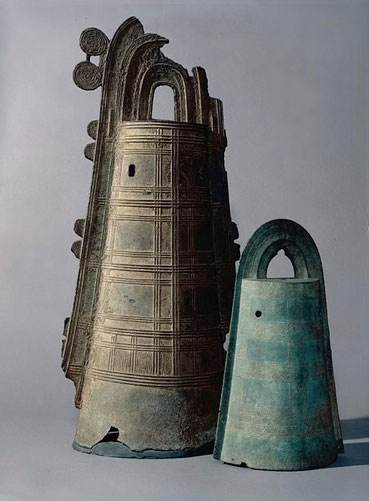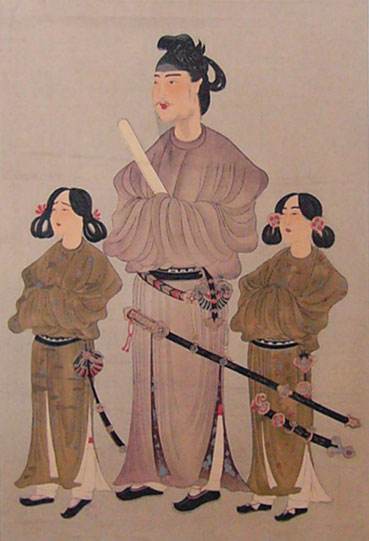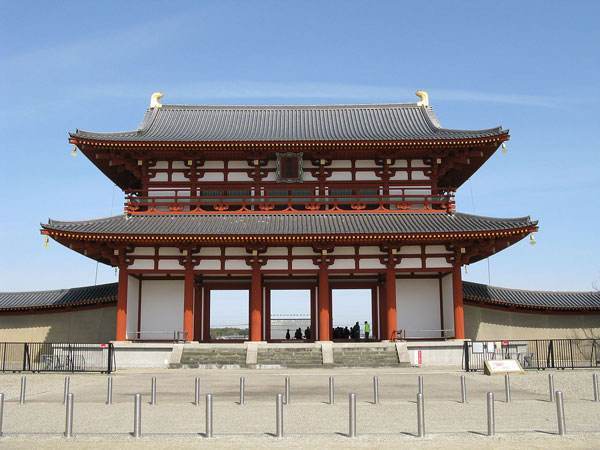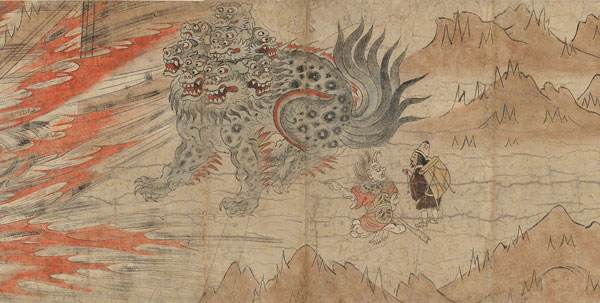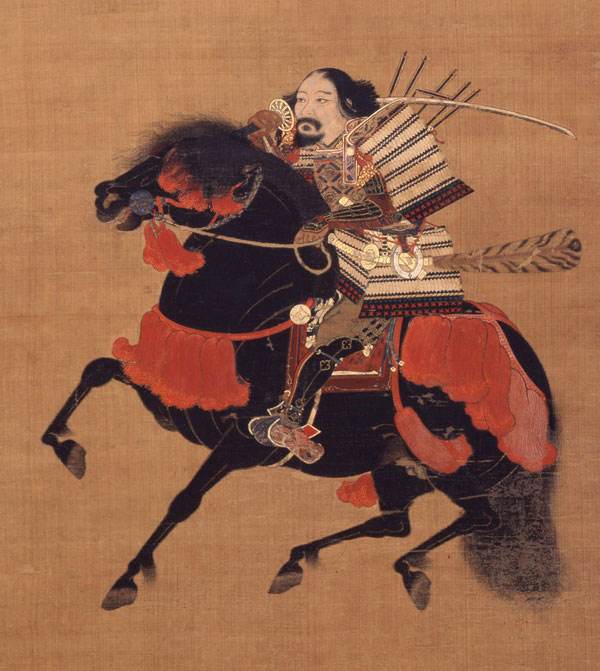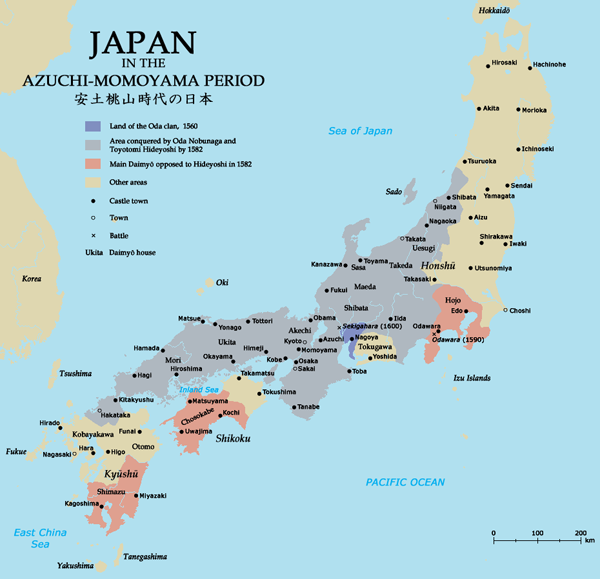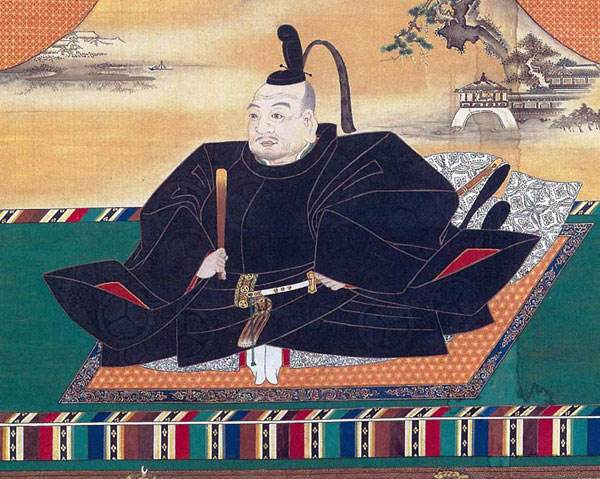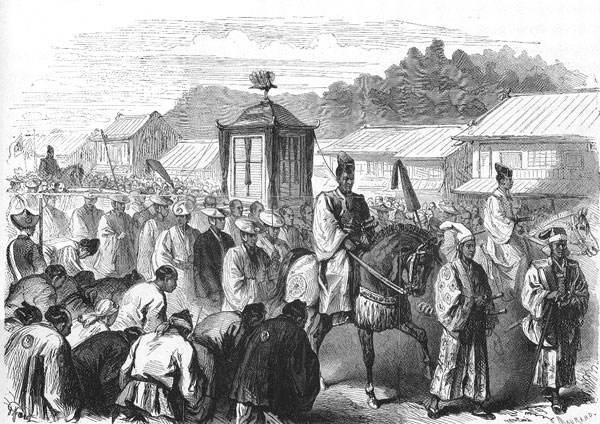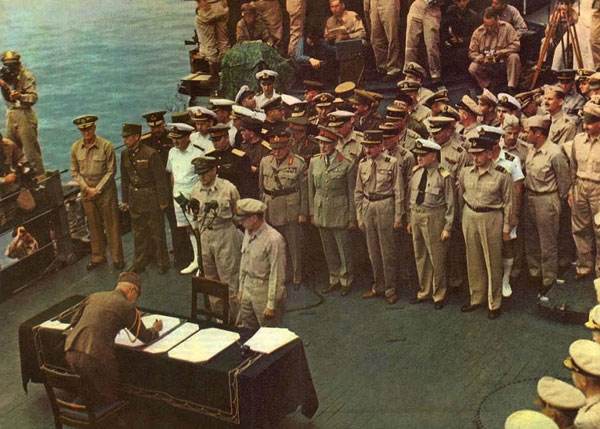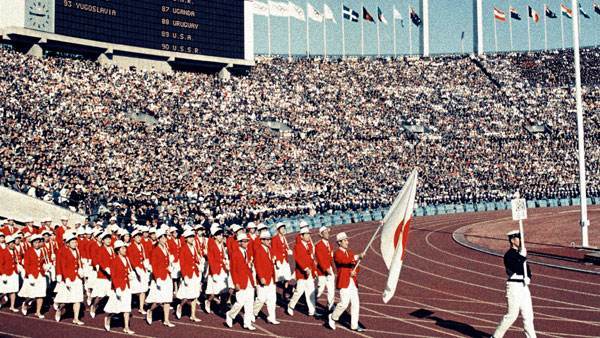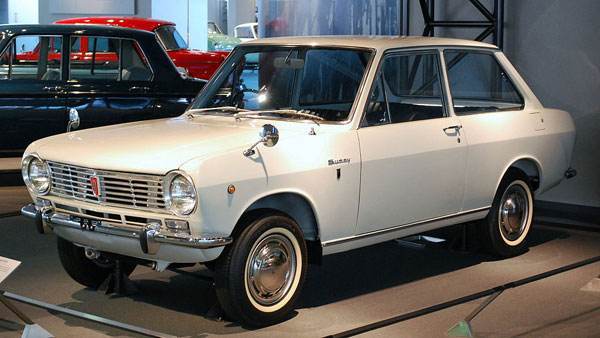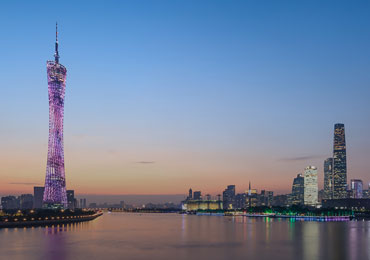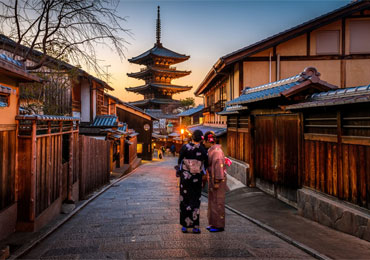History of Japan

Japan has a long and joyous history. It began from the far back prehistoric era and can be divided into different eras and periods. From thousands of years ago Jomon Period to the new Heisei era, Japan is believed to grow through all of it and become a global power that is highly influential. Japan has been molded by both either its isolation as a nation on the island and its vicinity to the vast Asian continent. The nation has integrated cultures and ideas from the other nations; in the midst of a retreat, it has nurtured its own particular way of getting things done. Together, all these patterns and trends made entrancing Japan we know today.
Jomon Period (10,000 – 300 BC)
The evidence of human existence in Japan dates from over 35.000 years ago. Following the end of the last age of the glaciers, an agrarian culture likewise was slowly created in the islands, one that ultimately accomplished the complexity of culture.
An American scholar, Edward S. Morse, in 1877 named this period the Jomon Era that refers to the cord-marked. It was inspired by the decorated pottery that was found in two hundred and twenty-four sites in Honshu and Kyushu.
Yayoi Period (900 BC – 300 AD)
According to most of the Japanese historic timelines, the period of Yayoi clashed with the final years of the Jomon period. The name of this period comes from the recent district in Tokyo where old pottery was found. It is also popular as the Iron age of Japan. In this period, the advancement of growth of agricultural development was observed massively.
As per the geographical status, the culture of Yayoi exceeded from the south Kyushu to the north Honshu. Also, the archeological evidence that was found suggested that the culture of hunter-gathering was progressed and replaced by the cultivation of agriculture. Additionally, there was a prominent difference between the people of Jomon and Yayoi that was noticed and had impressed the researchers.
Kofun Period (300 AD – 538 AD)
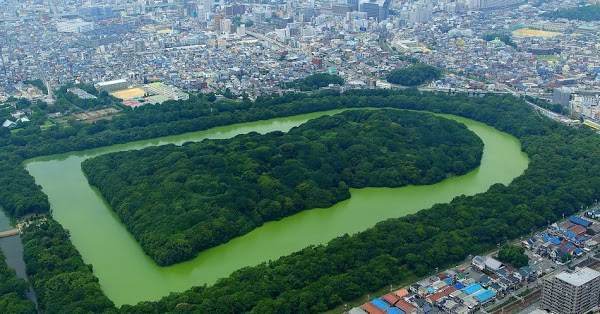
Image: Daisen-Kofun, the tomb of Emperor Nintoku in Osaka, one of Mozu kofungun
Source: amusingplanet.com
The years following the Yayoi Period saw the steady union under one clan amongst half of the Japanese archipelago. A number of rulers of the clan built several mounds of burial for themselves. Due to this practice, the historians of the modern age name this period as Kofun that means the ancient tomb in the Japanese language.
In the center of the Kinai (Kansai in the modern-day), an area of Honshu, the united kingdom sooner became popular by the name of Yamato. It was during this period when the emerging country continued being influenced strongly by the technology, culture, and art that was imported from Korean Peninsula and China. At the end of the Kofun Period, Buddhism as well reached the country.
According to history, the introduction to Buddhism was an end to the pre-medieval period in the history of Japan.
Asuka Period (538 AD – 710 AD)
The period of Asuka is well-known in the history of Japan as it began with the introduction to Buddhism. It was also described by the important artistic and socio-political changes.
The clan of Yamoto politically was considered as the highest reigning entity of Southern Japan. At the stature of this period, the popular Regent Prince Shōtoku presented another constitution and hierarchy of court, the two of which were inspired by Chinese beliefs and ideals. Significantly, in the period of Ashuka, the beginning of the phenomenon was also observed that later continue to the modern times.
In 587 AD, the government was taken over by the Soga clan that was much powerful, and they managed to become the de facto rulers. However, in 645 AD, they were overthrown and following it, the clan of Fujiwara dominated the power. All through these decades, the emperors of Yomata, although remained in position and were still considered as the supreme sovereign but with little or no power. This phenomenon of real politics that may dwell away from the throne will reliably repeat all through the following thirteen hundred years of Japanese history. In a restricted manner, it inquisitively reflects the system of present-day established governments and monarchies.
Nara Period (710 AD – 794 AD)
The Nara period in Japan's classical history carries two significant events, one being the foundation of the first permanent capital of Japan at the Heijō-kyō that is known as Nara in the modern age. And the second is the effect on the population due to the number of different natural disasters and epidemics.
As a reaction against the misfortunes, the emperor Shōmu ordered the maximized promotion of Buddhism, this move caused numerous great monasteries like the establishment of Tōdai-Ji in Heijō-kyō.
In 794 AD, the period of Nara came to an end with the emperor Kanmu who shifted the capital away from the monasteries to Heian-kyō as it had the political influence that became a worry for the government and the royal family. For the next 1000 years, Heian-kyō that is popular as Kyoto in the present-day, stayed as the imperial capital of Japan.
Heian Period (794 AD – 1185 Ad AD)
The Yamato court during the Heian period conquered the lands of Ainu in the northern Honshu. Therefore, they stretched their rule over the maximum of the archipelago of Japan. Conversely, they had to face a political decline. This failure was the aftereffect of retainers being more worried about negligible struggles of power and creative pursuits, as opposed to appropriate governing.
In 1068 AD, the hegemony of Fujiwara as well finished when the emperor Go-Sanjo executed different policies to limit the effect of the clan of Fujiwara. However, unfortunately, it failed to secure the return of power on a permanent basis to the throne.
The program of taxation and land redistribution was also introduced and started to get implemented in the Asuka period. The reforms of Taika forced many farmers to sell their lands to the landowners.
The consequences of the Taika Reforms eventually brought about well-off landowners possessing more land than the government, correspondingly earning more pay as well. These landowners at that point employed private militaries to safeguard their interests, a move that enormously filled the ascent of the military class.
In the midst of this deteriorating condition and the fall of the Fujiwara clan, two aristocratic families at that point came as prominence. The clashes between these two, the Taira group and the Minamoto clan, in the long run, brought about a civil war.
In 1160 AD, the country got its new de facto ruler, Taira no Kiyomori. Likewise, the courts of Heian, the clan of Taira, soon got tempted by the comfort of the creatures and the maneuvers of the imperial court. Whereas, on the other hand, the sons of Minamoto that were surviving started to rebuilt their armies gradually.
In 1180 AD. The Minamoto no Yoritomo was backed up by his brothers Yoshitsune and Noriyori to join a revolt in the rivalry of the Taira rule. Sooner in 1185 AD, the remnants of the clan of Taira were defeated in the popular war of Dan-no-Ura. And the country had its new de facto ruler, Yoritomo, who built the Kamakura Shogunate and was the first-ever Shogun.
Kamakura Period (1185 AD – 1333 AD)
Minamoto no Yoritomo built a base of power at Kamakura. He died in 1199 AD from an accident involving horse riding. And the power was seized by his wife, Hojo Masako. Throughout the rest of the period, the Hojo remain in power.
In 1274 AD and then 1281 AD, the empire of Mongolia launched two great invasions of Japan where both of them failed due to the typhoons. The Hojo rule, however, was not strengthened due to the victory. In fact, it weakened more by maximized expenditures of defense. With the support of Takauji, the Go-Daigo was successful at defeating the Kamakura Shogunate and getting the power back to the throne. However, Takauji once again attacked the capital and successfully expelled Go-Daigo. Moreover, he as well designated himself as the second Shogun.
Muromachi Period (1333 AD – 1573 AD)
The district of Kyoto, Muromachi, became the Shogun's base for the new government military of Takauji. In the period of Muromachi and the last years of the Shogunate of Takauji, there were a number of internal conflicts that disturbed the country. The worst of all was the Ōnin War in the year 1467 AD. It was a crisis of succession alluding to who should be the next Shogun. The crisis was resolved, the Shogunate failed to hold back the remaining power, following which the country was broken and split into multiple feuding states.
Azuchi-Momoyama Period (1573 AD – 1603 AD)
In this period, the Oda Nobunaga begins the process of reunifying Japan following a hundred years of civil war. He was fortunate enough because both of his rivals, Takeda Shingen and Uesugi Kenshin from the East, who were the most dangerous amongst all, died before they could dominate Nobunaga. The battle of Okehazama, one of the significant battles in the history of Japan, was fought in 1560. Imagawa Yoshimoto attempted an attack on the capital, Koyoto. Yoshimoto entered the territory of Nobunaga with a large force of around 25,000 and camped on the outskirts of Nagoya that was near the village of Okehazama. On the other hand, Nobunaga could gather a troop of 2500 only. After a lot of struggle and prayers, the army of Nobunaga plotted a plan to attack Yoshimoto and his army. When the army and the leader were not ready for the war, Nobunaga and his forces attacked them. The fight raged for a short span afterward and ended in favor of Nobunaga. The force of Yoshimoto was defeated by the Nobunaga's army of only 2500. This was a turning point for Japan. It raised the status and name of Nobunaga across the nation. After the death of Shingen, Nobunaga defeated the clan of Takeda in the battle of Naashino in 1575. In 1582, Nobunaga was murdered by Akechi Mitsuhide during his stay at the Honno-Ji Temple in Kyoto. The incident is known as the Honno-Ji incident in the history of Japan. Toyotomi Hideyoshi, a general in favor of Nobunaga, fought for him, defeated Akechi, and unified Japan. During his period, he demolished a number of castles that were built throughout the country during the civil wars. After the death of Hideyoshi in 1598, Tokugawa Ieyasu succeeded Hideyoshi.
Edo Period (1603 AD – 1868 AD)
In the Edo period, Japan finally enters the age or phase of national isolation and peace. The main reason for the isolation was the consideration of catholicism as a threat by the Tokugawa Shogunate, particularly, proclaimed the daimyos in Southern Japan.
During the Edo period, the society of Japan was properly structured as the publication and printing of books started to maximize; the education was introduced to the urban communities; the United States showed interest in order use the ports of Japan.
Meiji Period (1862 AD – 1912 AD)
The emperorship was restored in the Meiji period. Meiji was shifted to Tokyo from Kyoto, making it the new capital, restoring his imperial power as well. The new national policies are introduced in order to proper Japan as a powerful and rich country so they can safeguard themselves from the invasions of the west. The focus was to establish a strong army and strengthen the industries; the boundary between the social classes of Tokugawa Japan was broken; the establishment of human rights such as freedom of religion was also included in the reforms. To sustain the government, the former feudal lords, daimyo, had to return the lands to the emperor.
After some decades, when the practices of westernization grew intense revival of nationalistic and conservative feelings arouse: the principles of Shinto and Confucianism were emphasized.To transform the agrarian economy of Tokugawa Japan into an industrial and developed one, numerous scholars of Japan were sent abroad to study science and languages. The government supported the growth of industries and businesses directly.
In the mid-1880s, a large financial crisis led to large expenditures, which were followed by the development of the currency system and the creation of the Bank of Japan. The industry of textile grew the quickest and stayed until World War II.
Through the victories in Sino-Japanese War in 1895 and Russo-Japanese War in 1904, the country became a world power.
Showa Period (1926 AD – 1989 AD)
In the Showa Period, Japan observes World War 2 and its consequences, including the recovery of the economy. In the range year 1937 – 1945, World War 2 happened in China, followed by the invasion of Southeast Asia. Later, Japan unifies the power of the Axis. In the year 1945, Hiroshima experiences the first nuclear bomb while Nagasaki being the second.
The last part of the 1950s to the initial of the 1970s is known as the High Growth Age in Japan due to the thriving economy. Features of the period are the Tokyo Olympic Games in 1964 and Expo '70 in Osaka. In 1972 relations with China are restored.
All the energy and money that Japan invested in the military efforts were now turned to building up the economy. Soon, Japan was one of the powerhouses of manufacturing in the world, developing and growing the industries of consumer electronics, automobiles, high-tech equipment, and ships. Japan was the first-ever Asian miracle economic power. And in the year 1989, it became the second-largest economy throughout the world, the first being the US. (If the Soviet Union is not included, Japan is the world's second-largest economy since 1967.)
Heisei Period (1989 AD – 2019)
In the period of Heisei, numerous construction projects were completed, which broke records. In 1995, the Tokyo subway was attacked by members of the cult movement Aum Shinrikyo in using sarin gas. It was known as the worst act of terrorism on domestic grounds in the history of Japan.
Conclusion:
The country of Japan is a hub of bustling cities offering delicious finger-licking food, enthralling culture, and a beautiful landscape. Japan has a great string of islands. Japan is one of the populous countries with a population of 126.3 million. Japan is known as the most economical and technologically ahead of every other country in the world.
Annex: History of Japan Mind Map
Find more history mind map in Mind Map Gallery >>